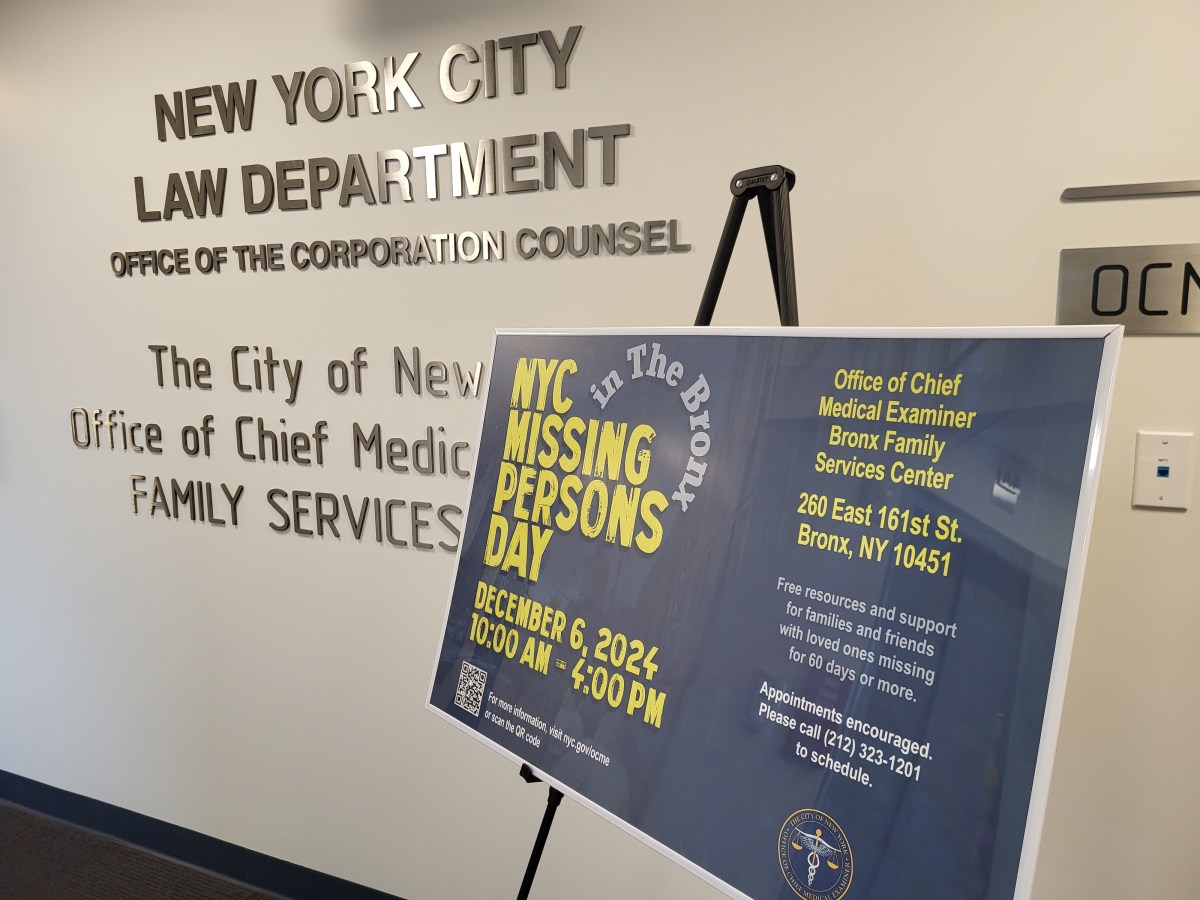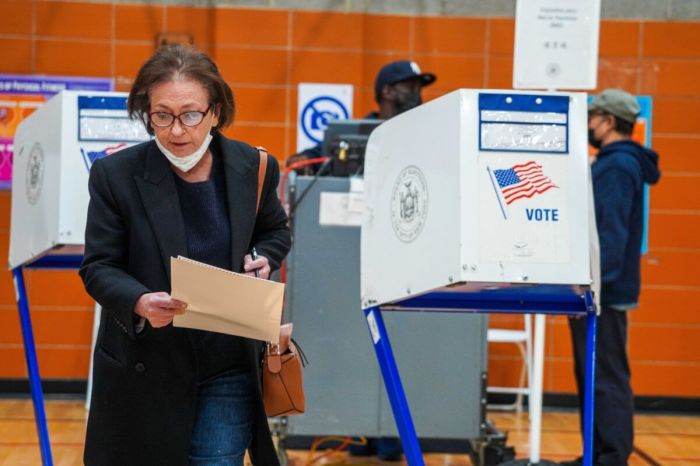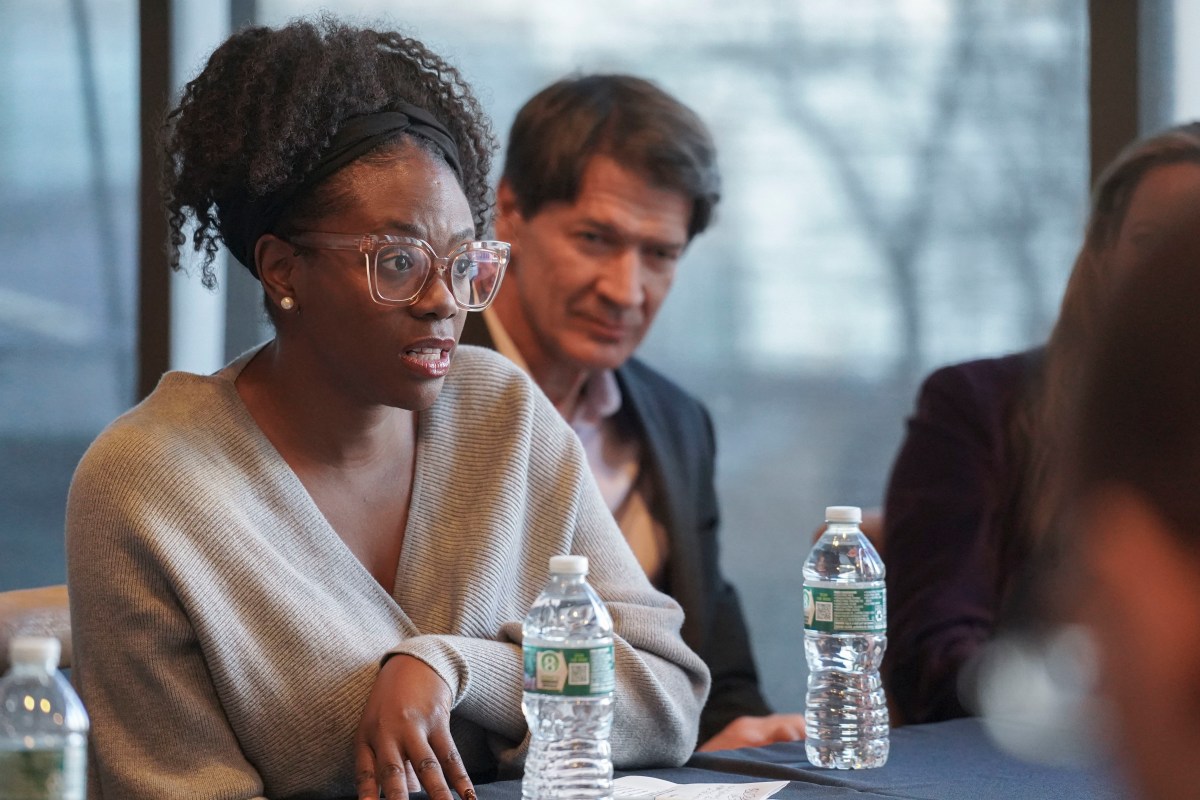For most New Yorkers, the fatal Amtrak train derailment in Philadelphia Tuesday night hit too close to home, too close to habit, too close to the heart.
The train was heading from Washington to New York City, one of the most heavily traveled train routes in the nation with 11.6 million passengers per year. It’s a mainstay for business travel, but also for kids going to and from college and anyone avoiding the hassle of driving Interstate 95 or the aggravation of short-hop air travel.
If you don’t ride it often, you likely have a loved one who does. And so, the pictures of train cars, sprawled and mangled and the injured, dazed and struggling, brought to many a tremor of fear, along with sadness and real concern about the safety of such a vital route.
At least seven people are dead, including Far Rockaway resident and Naval Academy midshipman Justin Zemser, and as many as 200 are injured. The train’s black boxes have been recovered and the National Transportation Safety Board said preliminary data indicate the train headed into a dangerous curve at 106 mph, a bend where the maximum allowed is 50 before the engineer hit the brakes.
In 1943, one of the nation’s deadliest rail disasters occurred in that area when a train carrying service members derailed, killing 79 people and injuring 117.
The train lacked the system that would have automatically prevented such speeding in dangerous areas — positive train control — an NTSB member said yesterday.
This was also true in the derailment of a Metro North train in Spuyten Duyvil in the Bronx that killed four in 2013.
This is simply intolerable. Yet less than 24 hours after the crash, House Republicans denied an attempt by Democrats, including Rep. Jerrold Nadler of Manhattan, to increase Amtrak funding by $1 billion, of which $556 million would go to the Northeast Corridor.
It’s worth knowing: Why don’t we have fast, safe trains?
There is mourning to do, and questions to answer. Some are about what led to the Amtrak derailment. But others are about bigger concepts the nation needs to address.




































